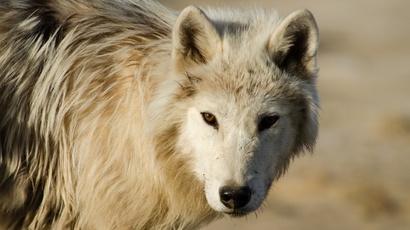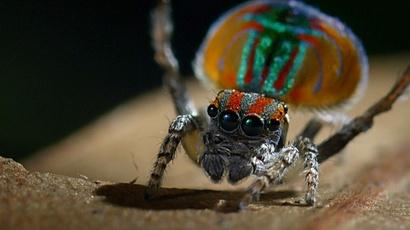Watch Clip

How Sudan Became the Last Male Northern White Rhino
2m 35s
Sudan is the last male Northern White rhino in existence, and at the age of 43, he's an old man by rhino standards. Find out how Sudan escaped the fate of the rest of his species.





























